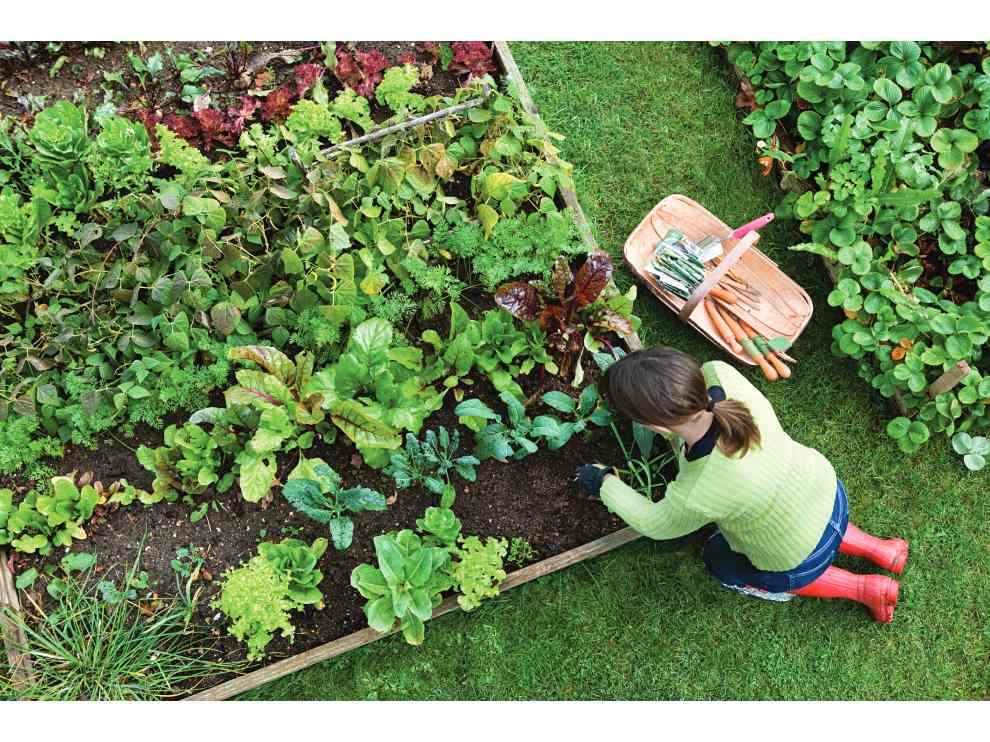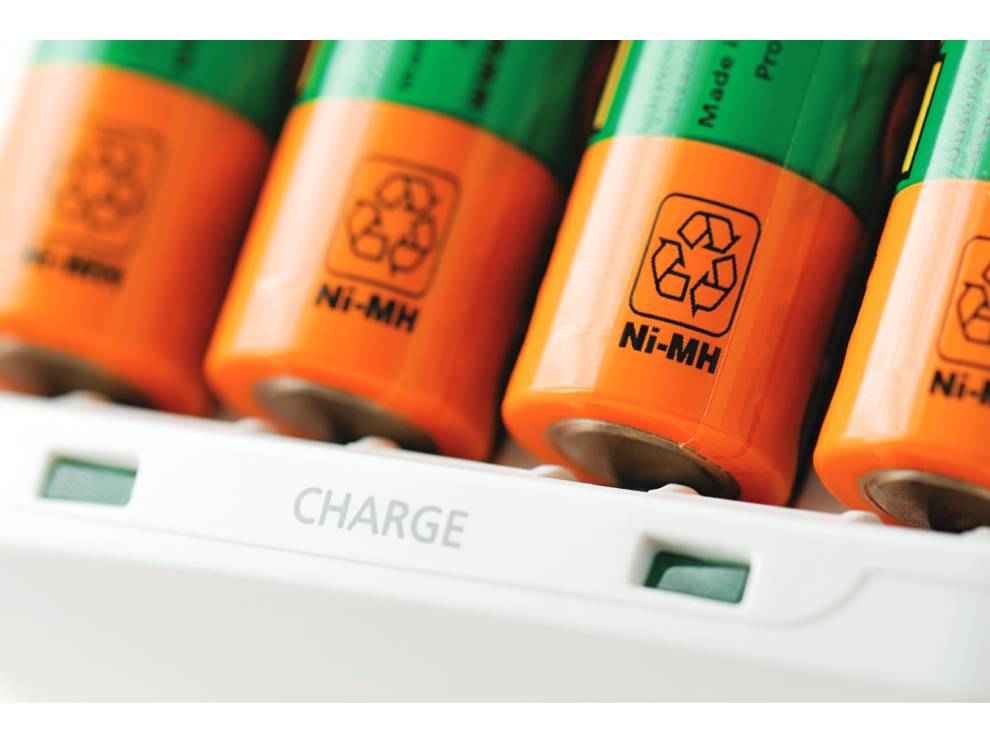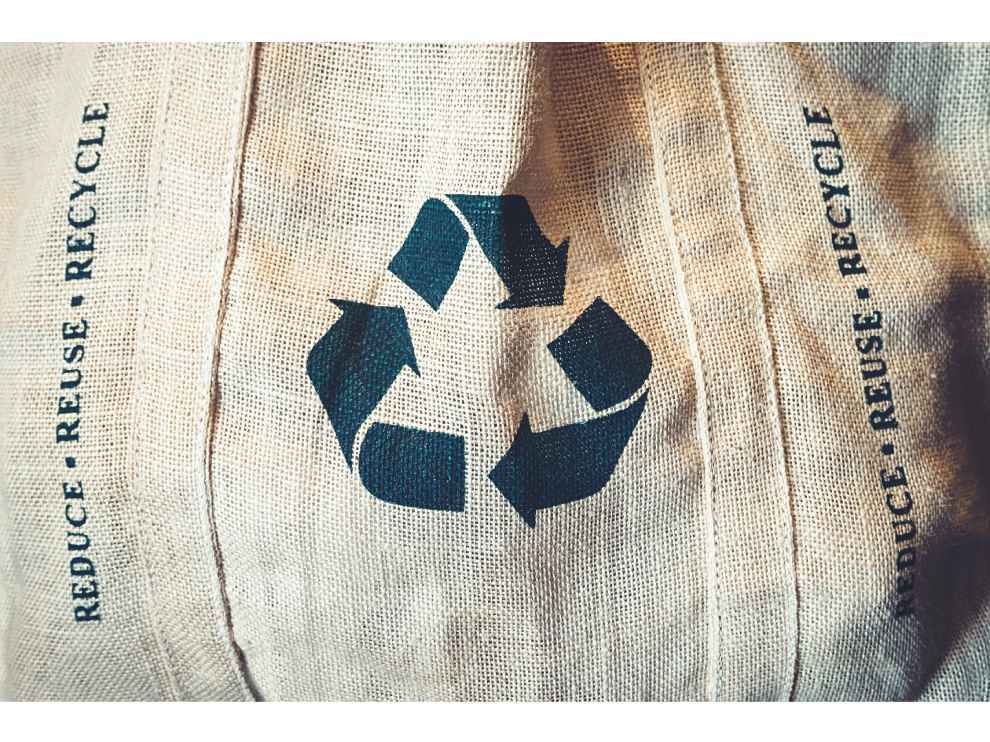Tips and tricks to reduce your carbon footprint

Technology has grown by leaps and bounds, even when it comes to helping fight climate change. We’ve seen major innovations in eco-friendly tech like solar energy and wind energy. All of these changes help fight climate change on a global scale. However, all of us can also contribute, by fighting climate change on a more personal level. You know what they say, every little bit helps. Here are a few ways in which you can reduce your own carbon footprint and go green.
Save paper
The best way you can go about reducing your personal carbon footprint is to look at your immediate surroundings and habits and see what you can cut down on. The very first thing you can cut down on that comes to mind is paper. Going paperless is easier now than it ever has been. If you’re a student, taking notes electronically on a laptop or tablet, or even a phone, would help save a lot of paper. You can also cut your paper consumption by paying bills and making payments online. This way you’ve avoided having to print anything out. You can also use some innovative gadgets to help you to that end. The Rocketbook, for example, is one such gadget.
The Rocketbook is a reusable notebook. While it functions as a traditional notebook and you can take notes on it, once you’ve used up the book, you can erase everything and start over. It uses a special type of material in their pen and “paper”. Using their app, you can directly upload the contents of the notebook to the cloud to look over whenever you need to. Convenient and eco-friendly!
You can even look into digitising your existing documents. There are plenty of free services which can help you with that such as DropBox, and even Google Drive. The advantages to these services are that they’re on the cloud, making them easy to access from anywhere without needing to be carried around. Also, they’re incredibly easy to update.
PS: We’re aware of the irony of being told by a print magazine to reduce paper usage. As far as possible we try and source paper from carbon negative companies who plant far more trees than they cut down.
Vehicle management
The next thing you can do is take a look at transport. Specifically, personal transport. Trying to avoid driving as much as possible is one way to reduce your carbon footprint, but we understand that it’s simply not possible for everyone. In situations where it can be avoided, it would be ideal. The alternative is to use public transport. If more people adopt this, it would significantly reduce the number of cars on the road, which would not only reduce carbon emissions, but it would free up roads as well, and who doesn’t want less traffic on the roads?
Next up, if you are someone who has to use your own vehicle, whatever be the reason, make sure that it’s always well-maintained. Keeping your vehicle well-maintained will ensure that it’s efficient, in terms of fuel consumption, and will curb harmful emissions as well. In a way, it also helps with reduction of noise-pollution, you know, by making sure your vehicle isn’t making any funny loud sounds. It’s a win-win-win!
Look for Energy Star products
When buying products, especially around this time, i.e., the festive season, keep an eye out for Energy Star products. In India, this the BEE Energy Star Rating, which is a label that tells you how power-efficient a product is. The rating is between 0 to 5 stars, with 5 stars being the most power-efficient. You ideally want products that are towards the higher rating side. Not only does this save you on your electricity bill, but they’re also more eco-friendly.
Lighting management
Incandescent light bulbs are incredibly inefficient. Almost 90 percent of the electricity used by them goes to waste. Something you can do to greatly reduce your house’s carbon footprint is to switch out your incandescent and tube lights to light-emitting diodes or LEDs. While the initial costs are high, you ultimately end up not only reducing your carbon footprint, but also significantly reducing your electricity bill.
Another simple tactic to reduce your footprint, and save on your bill, is to simply delay turning your lights on. Make better use of natural lighting; keep those curtains open!
Install a solar panel if you have a roof
This one doesn’t apply to everybody, of course, but if you live in an independent house and have a roof, installing a solar panel is a great way to greatly reduce your carbon footprint. This way, you’re actually actively being a part of those innovations that are making a difference on a global scale. Like with LEDs, the initial costs may be high, but not only are they much cheaper nowadays comparatively, in the long run, it’ll also save you a lot on electricity bills.
Grow your own backyard garden
In a similar vein as the last step, if you happen to have a yard or free space on your roof (you know, if you can’t install solar panels), you could grow your very own garden. There are certain vegetables that take very well to backyard gardens and will flourish with minimal care on your part. This way, not only are you contributing to helping the planet, but you’ve also got yourself a free source of vegetables. Self-sustenance for the win!
Buy rechargeable batteries
This is a recurring trend with going green, but the eco-friendly alternatives are usually more expensive. They’re more of a long-run thing. One of the most obvious things you can do to that end, is getting rechargeable batteries. Throwing away batteries greatly harms the environment, this way, you avoid doing so. Additionally, you don’t need to run down to the store to get more since you can just recharge the ones you have.
Stop using disposable bags
This one is a given, avoid using plastic or polythene bags. Instead, use paper bags, or even better, use cloth bags which you can keep reusing. We know, we know, we told you to avoid using paper right at the beginning of this article, but it’s still a better alternative to plastic.
Line-dry your clothes
For all you lazy ones out there, we know this hurts, but it’s for the good of the planet. A clothes dryer uses up a lot of electricity. Simply hanging your clothes out in the sun drastically drops your electricity usage, and in turn, your carbon footprint.
Opt for better office products
Chances are converting everything in your workplace to a sustainable product will cost a bomb. However, you can focus on a single thing that has the biggest impact. Start switching out electrical appliances one by one for more eco-friendly ones with better BEE Energy Star Ratings, for example.
longer gadget upgrade cycles
Use your gadgets, be it phones, tablets, laptops or PCs, till the very end of their life cycles. Buying a new phone every year or so is alluring, but mull over this – the energy that goes into making one smartphone is as much as recharging and operating the same smartphone for a year!
Manish Rajesh
Manish can usually be found fervently playing video games of all kinds or… no wait he’s pretty much always playing games View Full Profile










